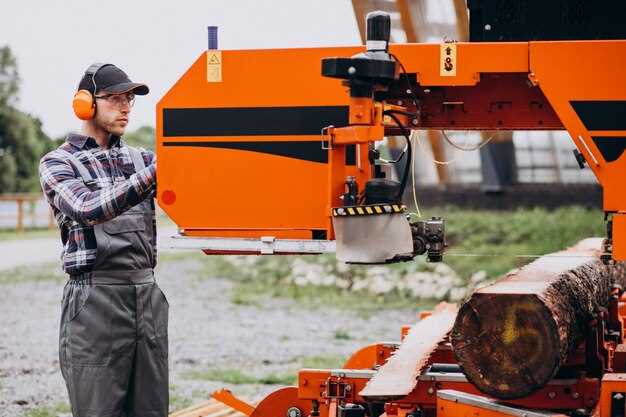
When it comes to towing heavy loads, the choice of hitch can significantly influence your vehicle’s performance and safety. Gooseneck hitches are particularly popular among truck owners who need to transport large trailers, livestock, or construction equipment. In 2023, advancements in design and technology have led to an impressive array of options, each catering to different towing needs and preferences.
Gooseneck hitches are designed to provide better weight distribution and increased stability compared to traditional hitches. Their unique positioning over the rear axle allows for higher weight capacities, making them ideal for heavy-duty applications. With several manufacturers releasing new models this year, it’s essential to choose a hitch that balances strength, durability, and ease of installation.
This article will explore the top gooseneck hitches available in 2023, highlighting their features, specifications, and suitability for various towing requirements. Whether you’re a seasoned hauler or new to the world of towing, understanding the available options will empower you to make an informed decision that meets your heavy hauling needs.
Choosing the Right Gooseneck Hitch for Your Truck Model
Selecting the appropriate gooseneck hitch for your truck requires careful consideration of various factors to ensure compatibility and optimal performance. First, it’s essential to know your truck’s make, model, and year. Different manufacturers often have specific requirements or recommendations for gooseneck hitches that align with the truck’s structural capabilities.
Next, evaluate the weight rating of both the hitch and your truck. Gooseneck hitches come with specific weight capacities, and it is crucial to choose one that can handle your intended trailer load. Ensure that the hitch’s rating exceeds the maximum weight you plan to tow, taking into account the trailer’s gross vehicle weight rating (GVWR).
Another important factor is the mounting style. There are several gooseneck hitch designs, including above-bed and under-bed options. The choice between these styles will depend on your preference for bed space and how the hitch interacts with your truck’s features, such as bed liners or storage solutions. While under-bed hitches tend to provide a cleaner look and more bed space when not in use, above-bed versions may offer easier accessibility for installation and adjustments.
Compatibility with trailer options is also vital. Different gooseneck trailers may have varying coupler types (such as standard couplers, adjustable couplers, or specialized designs). Make sure the hitch you select can accommodate the type of coupler you will be using. Additionally, consider the hitch’s ease of installation and removal. Some models require extensive modifications to the truck, while others offer bolt-on installation for a more user-friendly approach.
Lastly, review user feedback and expert reviews. This insight can provide valuable information regarding the performance and durability of different hitches, helping you determine which one has proven reliable among other truck owners. By carefully considering these factors, you can choose the right gooseneck hitch that will meet your towing needs and ensure safety on the road.
Important Features to Look for in Heavy-Duty Gooseneck Hitches

When selecting a heavy-duty gooseneck hitch, several critical features should be considered to ensure safety, durability, and ease of use. Here are the most important aspects:
Weight Capacity: One of the primary factors to evaluate is the hitch’s weight capacity. Look for a gooseneck hitch that can handle loads exceeding the weight of your heaviest trailers. This ensures safety and prevents damage to both the hitch and towing vehicle.
Construction Material: The material used in the hitch’s construction significantly affects its longevity and strength. High-grade steel or materials with corrosion resistance are preferred for heavy-duty applications. This helps withstand harsh conditions and reduces wear over time.
Ease of Installation: Choose a gooseneck hitch that can be easily installed and removed. A hitch that comes with clear instructions and all necessary hardware will save time and effort, allowing you to switch between trailers without hassle.
Compatibility: Ensure the gooseneck hitch is compatible with your towing vehicle and the type of trailer you plan to use. Check for adjustable models that can fit various setups to offer flexibility in towing different types of trailers.
Design Features: Look for innovative design features such as pivoting head or cushioned neck options. These features can enhance maneuverability and stability, making towing smoother and safer, especially during tight turns.
Safety Features: Safety should never be compromised. Opt for hitches with built-in safety mechanisms such as locking pins or breakaway systems. These features provide additional security by preventing accidental disconnects during towing.
Warranty and Support: A robust warranty reflects the manufacturer’s confidence in their product. Look for hitches with long warranty periods and reliable customer support, as this can be essential for assistance and maintenance over the hitch’s lifespan.
Considering these features will help ensure that you choose a heavy-duty gooseneck hitch that meets your needs, provides reliable performance, and enhances your towing experience in 2023.
Installation Tips and Maintenance for Longevity of Gooseneck Hitches

Proper installation of your gooseneck hitch is crucial for ensuring stability and safety during towing. Begin by selecting the correct mounting location in your truck bed, typically near the rear axle for optimal weight distribution. Mark the position carefully, ensuring that it aligns with any existing frame holes for reinforcement. Use a drill with the appropriate bits to create clean holes, and always wear safety goggles during the process. Follow the manufacturer’s guidelines meticulously, utilizing the recommended hardware and torque specifications to secure all connections.
After installation, it is essential to perform regular maintenance checks to prolong the lifespan of your gooseneck hitch. Start by inspecting all mounting bolts and hardware for signs of wear or loosening. Tighten any connections that appear to have come undone, as vibrations from towing can cause bolts to shift over time. Additionally, clean the hitch assembly regularly to prevent rust and debris buildup. Use a wire brush to clean exposed metal parts, followed by an application of rust inhibitor or paint to protect against the elements.
Lubricating moving parts is also vital. Apply a high-quality grease to the pivot points and coupler to ensure smooth operation and prevent excessive wear. Check the condition of the hitch ball as well; replace it if it shows significant wear or deformation. Periodic inspections should also include looking for cracks or bending in the hitch frame, which can occur under heavy loads.
Finally, when not in use, store the gooseneck hitch in a dry environment and consider using a protective cover to shield it from moisture and dirt. Taking these steps will not only maximize the performance of your hitch but also extend its operational life, allowing for safe and efficient towing for years to come.
